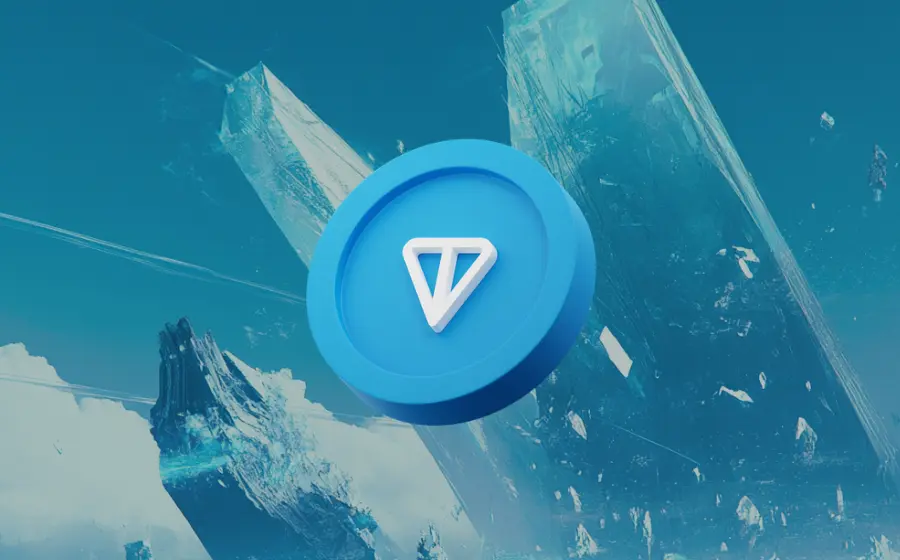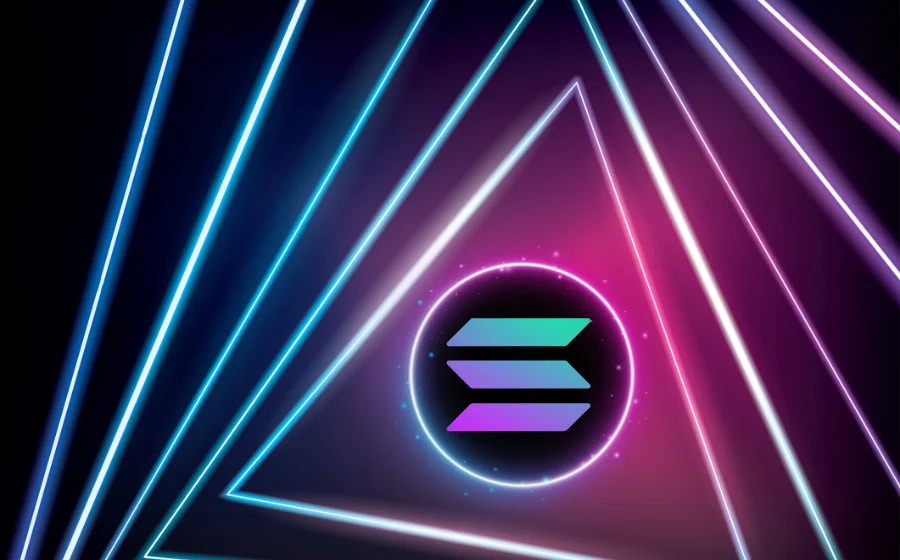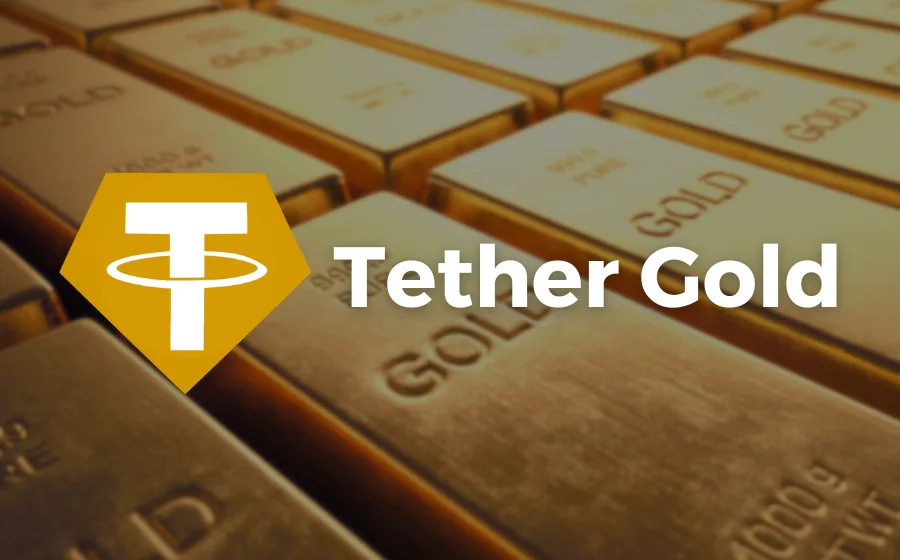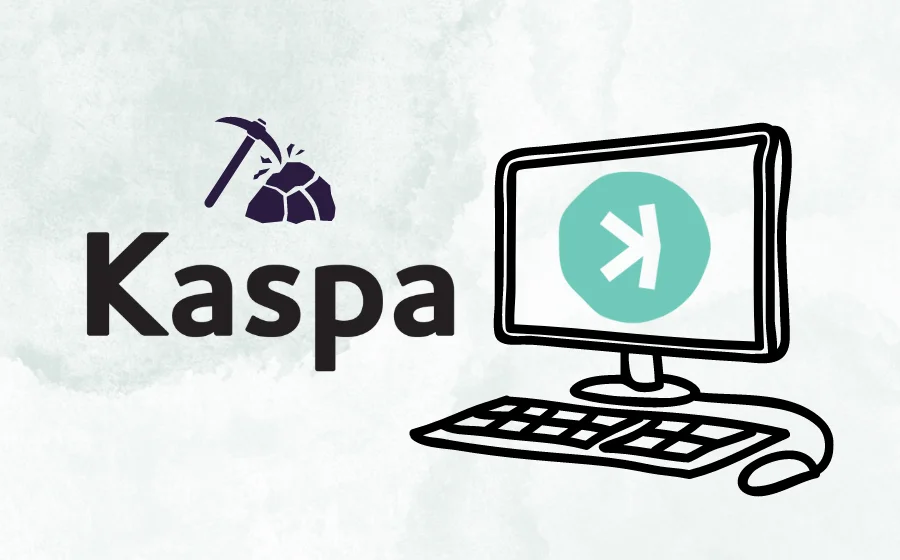
KEYTAKEAWAYS
- Kaspa's GHOSTDAG protocol combines PoW and DAG for enhanced security and scalability.
- The platform generates one block per second, targeting 32 BPS, supporting rapid and secure transactions.
- Kaspa's decentralized community focuses on fair token distribution and expanding use cases for KAS.

CONTENT
Kaspa is a decentralized blockchain platform solving scalability, security, and interoperability issues with innovative protocols. It aims to change digital asset transactions and interactions.
WHAT IS KASPA?
Kaspa is an innovative blockchain platform aimed at solving scalability, security, and interoperability challenges. The Kaspa community prioritizes decentralization and is dedicated to establishing a decentralized autonomous organization (DAO) that adheres to the Proof-of-Work (PoW) consensus mechanism.
- Key Features and Innovations
Founder’s Vision: Founded by Yonatan Sompolinsky, an early Ethereum developer, Kaspa implements the GhostDAG protocol, an enhanced version of the Nakamoto consensus. This protocol enables higher transactions per second (TPS) without compromising security.
GhostDAG Protocol: The GhostDAG architecture integrates Directed Acyclic Graph (DAG) and GHOST consensus algorithms, facilitating faster transaction speeds and better scalability. Unlike traditional blockchains, GhostDAG allows parallel block creation and consensus ordering, forming a blockDAG.
High Block Rate and Minimal Confirmation Time: The current Kaspa mainnet generates one block per second, with each block capable of holding over 400 transactions. Kaspa aims to achieve 32 blocks per second (BPS) and eventually 100 BPS. The system can process up to 18 blocks in parallel, using a greedy algorithm to sort and connect honest nodes, ensuring instant confirmation and network security.
- Functionalities and Future Developments
Advanced Features: Kaspa offers functionalities such as DAG topology queries, block data pruning, SPV proofs, and future support for subnets to facilitate Layer 2 solutions.
Beyond Mining: Kaspa is more than just a mining public chain. The official community is actively expanding the everyday use cases of KAS. Developers are rewriting the programming language to Rust to enhance performance further, aiming to attract Layer 2 smart contracts and DeFi development.
Kaspa‘s commitment to innovation and decentralization positions it as a significant player in the evolving blockchain landscape.
WHAT IS $KAS?
$KAS is a Proof-of-Work (PoW) cryptocurrency that implements the GHOSTDAG protocol.
Unlike other tokens, $KAS does not have pre-mining or early distribution, ensuring a fair distribution process. The maximum supply of $KAS tokens is 28.7 billion, and a halving emission plan is implemented through seamless monthly reductions.
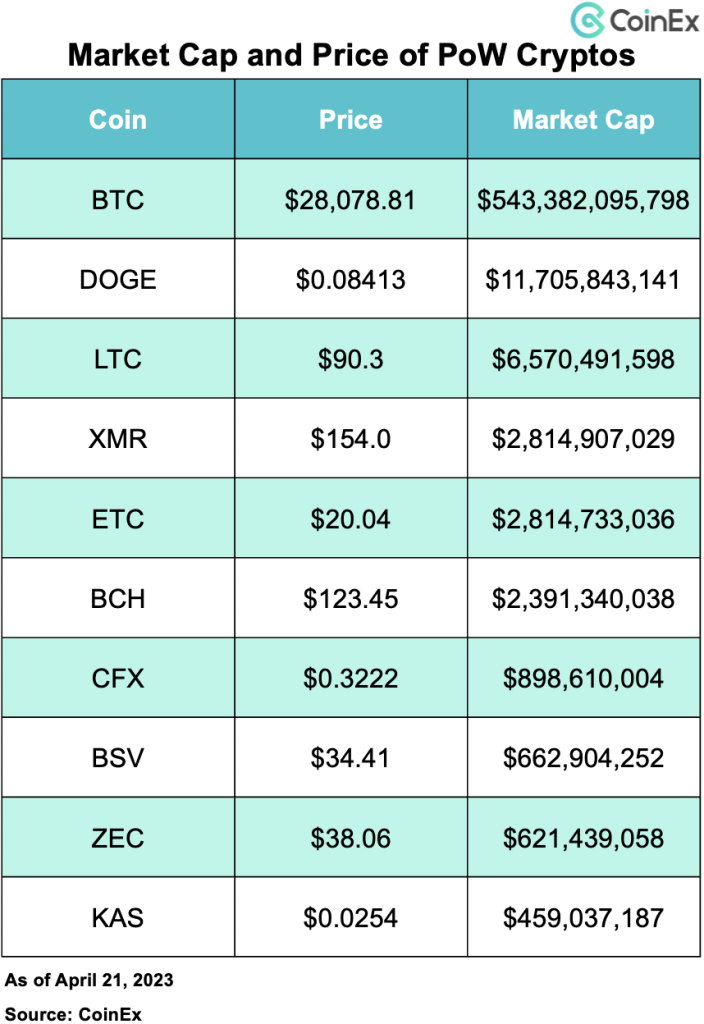
OPERATION PRINCIPLE OF KASPA
Kaspa‘s GHOSTDAG consensus algorithm offers high security by combining PoW and DAG consensus mechanisms, making Kaspa 51% more resistant to attacks. This decentralized design ensures no single entity controls the network. Multiple nodes propose and verify transactions, preventing any one node from gaining too much power.
Five Key Differences Between Kaspa‘s GHOSTDAG and Regular DAG
- Security
- Kaspa’s GHOSTDAG: Uses a voting-based consensus mechanism to prevent double-spending and other malicious activities.
- Regular DAG: Often relies on a single approval mechanism, making it more vulnerable to attacks.
- Scalability
- Kaspa’s GHOSTDAG: Highly scalable, capable of handling a large volume of transactions.
- Regular DAG: May struggle to scale its consensus mechanism, leading to limitations.
- Speed
- Kaspa’s GHOSTDAG: Faster transaction speeds due to efficient confirmation and approval processes.
- Regular DAG: Slower confirmation speed as it requires multiple confirmations.
- Interoperability
- Kaspa’s GHOSTDAG: Designed for interoperability, facilitating asset transfers across different networks.
- Regular DAG: May lack the same level of interoperability.
- Decentralization
- Kaspa’s GHOSTDAG: Decentralized, not controlled by any single entity, enhancing censorship resistance.
- Regular DAG: May have centralized attributes, making it more susceptible to attacks.
Kaspa’s GHOSTDAG consensus algorithm not only ensures robust security but also enhances scalability, speed, interoperability, and decentralization, making it superior to traditional DAG systems.
FUTURE PROSPECTS OF KASPA (KAS)
Kaspa is touted as the next-generation blockchain platform, aiming to overcome some of the key challenges currently faced by the blockchain industry. By innovatively utilizing the PHANTOM protocol, blockDAG, and multi-layer security models, Kaspa addresses most of the issues found in Layer 1 solutions.
As a fully decentralized platform developed by an active community of users and supporters, Kaspa has the potential to significantly change the way we transact and interact with digital assets. It can be said that Kaspa is one of the Layer 1 projects worth watching in the coming years.
>>> More to read : What is Altcoin & Altcoin Season?
FAQ
- What is Kaspa?
Kaspa is a decentralized, open-source cryptocurrency and Layer-1 solution designed to address blockchain issues, offering faster speeds and improved energy and computational efficiency.
▶ Buy Crypto at Bitget
ꚰ CoinRank x Bitget – Sign up & Trade to get $20!

